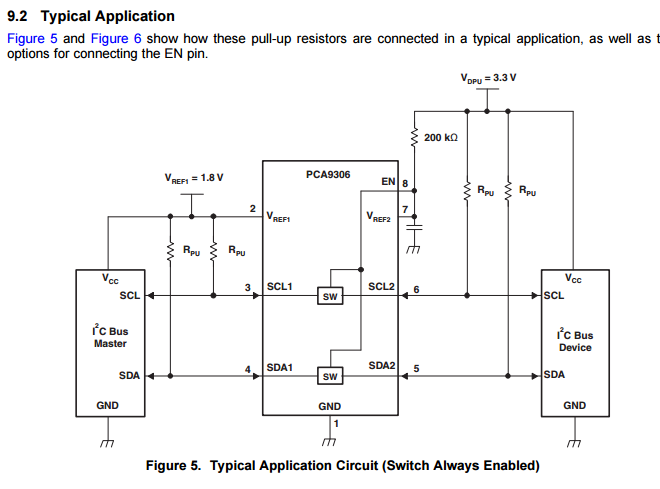Dear all,
Please teach me following.
Question 1,
Is there the sequence of Vref1 and Vref2 to power ON/OFF?
For example, should we supply power to Vref1 at first? stop power to Vref1 at first?
Question 2,
If we only supply power to Vref1 or Vref2, will this device be broken?
Question 3,
With supplying power to Vref2 and EN (not supplying Vref1), how output does SCL1 and SDA1 supply?
Does SCL1 and SDA1 output Lo? Hi-Z?
Best regards,


